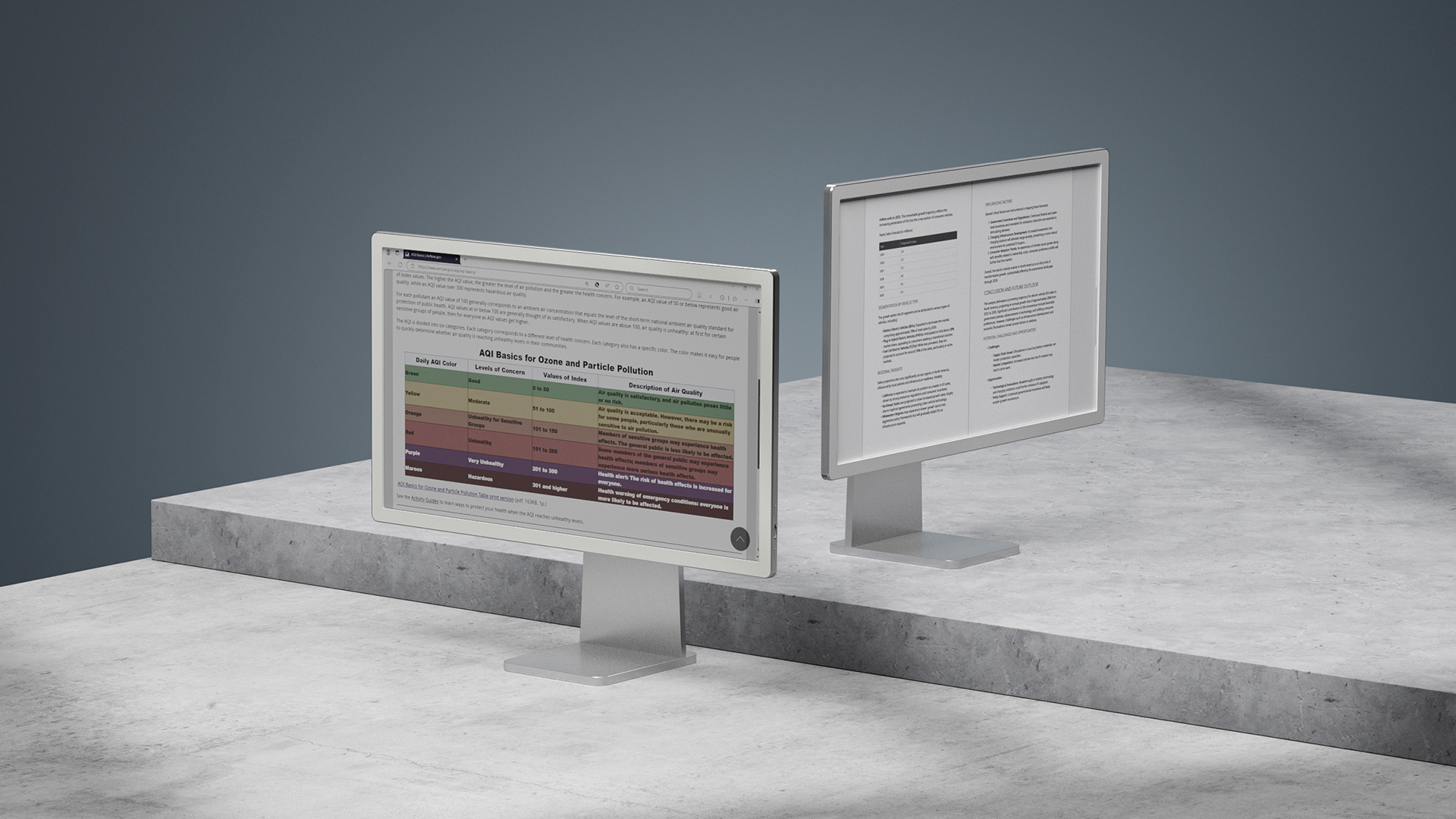Traditional cybersecurity measures are no longer sufficient to defend against sophisticated attacks, particularly those based on artificial intelligence (AI). Threat actors are constantly innovating and exploiting vulnerabilities in interconnected digital environments, including cloud-based infrastructures and remote work setups. Regulatory requirements and customer expectations regarding privacy and data protection continue to evolve, driving the need for constant adjustments to security strategies.
The need for organizations to remain agile and adaptable has never been more critical as threats become increasingly complex. The emergence of new risks has left businesses around the world facing an unprecedented pace of change. LogRhythm’s 2024 State of the Security Team Research report reveals that 95% of businesses have made adjustments to their security strategy over the past year. This is influenced by factors such as the pace of regulatory change, AI adoption, and customer expectations around data protection and privacy.
From ransomware attacks targeting critical infrastructure to supply chain vulnerabilities exploited by threat actors, security teams must evolve their strategies to counter these dynamic threats. Failing to do so can have significant consequences for business continuity. Organizations must remain agile and adaptable in their security approaches to mitigate these risks and safeguard their assets, reputation, and long-term viability in an increasingly digital world.
Vice President UKI and Europe at LogRhythm.
Navigating the Limitations of Cybersecurity
Cybersecurity has moved from a purely technical issue to a core component of business strategy and corporate governance. Responsibility for cybersecurity breaches has risen to the highest levels: 78% of professionals point to the cybersecurity officer, the CEO, or both as the most responsible for protecting and responding to cyber incidents, according to the LogRhythm report.
Organizations are facing persistent skills shortages and resource constraints in the cybersecurity workforce. Demand for skilled professionals outstrips available supply, leaving many security teams understaffed and overstretched.
In addition to this, the widespread adoption of cloud computing and remote work has expanded the attack surface, presenting new challenges in data protection and threat detection. Security teams must adapt their strategies to protect decentralized environments and mitigate the associated risks. This involves implementing robust security measures tailored to cloud environments, improving endpoint security protocols, and deploying advanced threat detection technologies.
To effectively address the changing cybersecurity landscape, organizations must recognize the importance of maintaining flexibility and responsiveness in their security approaches.
Strategies to strengthen cybersecurity defenses
The rapid pace of technological innovation, coupled with the increasing sophistication of cyber threats, underscores the need for proactive cybersecurity measures. Failing to adapt to these changes leaves organizations vulnerable to damaging data breaches and threatens long-term customer trust.
Organizations must take a comprehensive approach to improve their overall security posture and address these challenges head-on. This requires a strategy that implements:
Zero Trust ArchitectureAdopting a zero-trust model involves verifying all devices, users, and applications attempting to connect to the network, regardless of their location. This approach minimizes the risk of lateral movement by threat actors and reduces the attack surface.
Security Awareness TrainingInvesting in comprehensive employee security awareness training programs helps foster a culture of cybersecurity within the organization. Educating users about phishing scams, social engineering tactics, and best practices for data protection strengthens the human layer of defense.
Incident Response Planning and Testing:Developing robust incident response plans and conducting hands-on exercises and simulations on a regular basis can help organizations prepare for and respond effectively to cyber incidents. This proactive approach improves the organization’s ability to mitigate the impact of breaches and minimize downtime.
Cloud Security Best PracticesImplementing cloud security best practices tailored to the organization’s specific cloud environment ensures data protection and compliance. This includes encrypting data at rest and in transit, implementing access controls, regularly auditing cloud configurations, and leveraging cloud-native security solutions to mitigate the risks associated with cloud adoption.
Optimization and automation of resources:Given persistent skills shortages and resource constraints in the cybersecurity workforce, organizations can optimize resources through automation and orchestration. Using security orchestration, automation, and response (SOAR) tools streamlines repetitive tasks and workflows, allowing security teams to focus on critical issues and improve operational efficiency.
Threat hunting and forensic analysis:Proactively looking for signs of malicious activity within the network through threat hunting initiatives enables organizations to detect and respond to threats before they escalate. Using forensic tools and techniques helps identify the root cause of incidents for effective remediation.
Improving cybersecurity resilience
As organizations move into 2024 and beyond, the emphasis on executive leadership, along with developing adaptive and forward-thinking security strategies, will be paramount.
Organizations can improve their resilience to cyber threats and align their security protocols with changing business needs by incorporating a multifaceted security approach into their cybersecurity frameworks. This alignment is essential to fostering a secure and resilient digital environment that supports continued business success and protects against the ever-growing threat landscape.
We have the best antivirus in the cloud.
This article was produced as part of TechRadarPro's Expert Insights channel, where we showcase the brightest and brightest minds in the tech industry today. The views expressed here are those of the author, and not necessarily those of TechRadarPro or Future plc. If you're interested in contributing, find out more here:









